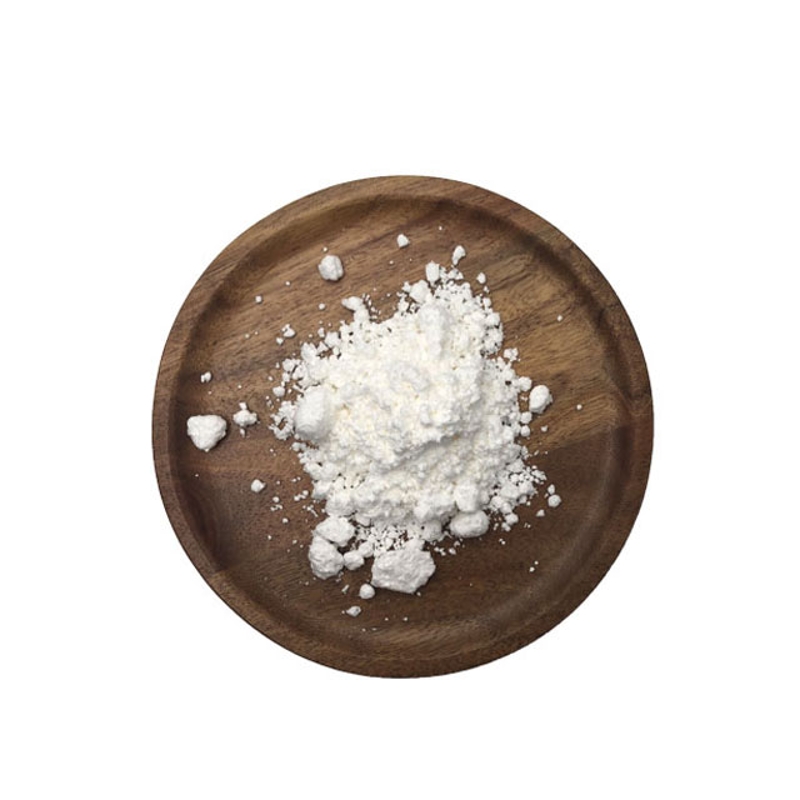-
Categories
-
Pharmaceutical Intermediates
-
Active Pharmaceutical Ingredients
-
Food Additives
- Industrial Coatings
- Agrochemicals
- Dyes and Pigments
- Surfactant
- Flavors and Fragrances
- Chemical Reagents
- Catalyst and Auxiliary
- Natural Products
- Inorganic Chemistry
-
Organic Chemistry
-
Biochemical Engineering
- Analytical Chemistry
- Cosmetic Ingredient
-
Pharmaceutical Intermediates
Promotion
ECHEMI Mall
Wholesale
Weekly Price
Exhibition
News
-
Trade Service
Current clinical trials have failed to prove that beva monoantigen (BEV) can effectively improve prognosis in patients with glioblastoma (GBM).
To find a marker that can assess the prognosis of patients with relapsed glioblastoma, Marianne Schell of the Department of Neuroradiology at the University of Heidelberg, Germany, and others used MRI dispersion imaging to study the value of MRI surface dispersion parameters (ADCs) in predicting prognosis in patients with relapsed glioblastoma, the results of which were published online may 2020 in Neuro-Oncology.
Study Data from a prospective randomized clinical II./III. phase trial (EORTC-26101) using Lomostin combined beva monotherapy for relapsed glioblastoma were included in 396 patients, divided into two groups, BEV treatment group and non-BEV treatment group, depending on whether to use BEV.
All included patients were treated with MRI dispersion weighted sequence imaging, captured imaging data and MRI surface dispersion parameters, and fitted the ADC histogram into a dual Gauss distribution curve, with the ADClow value being the lower curve average ADC.
ADClow's ability to predict overall patient survival (OS) and progress-free lifetime (PFS) was evaluated through biomarker threshold models and multivariable Cox regression analysis (Figure 1).
1. MRI dispersion imaging and quantitative analysis in patients with relapsed glioblastoma.
results showed a significant correlation between ADClow and the overall survival of patients (HR=0.625, P=0.007) and non-progressive lifetime (HR=0.656, P=0.031), but was not related to the use of BEV (PFS:HR) 1.04; 95% CI, 0.66-1.63; P. 0.865; OS: HR, 0.91; 95% CI, 0.54-1.54; P, 0.7221).
analysis of the biomarker threshold model shows that ADClow is the optimal population lifetime prediction threshold of 1241 x 10-6mm2/s.
according to this demarcation point, the medium overall survival period was 10.39 months in the BEV group of ADClow 1241 patients and 8.09 months in the BEV group of ADClow 1241 .
in the non-BEV group, the overall survival period was 9.80 months for patients with ADClow 1241 and 7.79 months for patients with ADClow 1241 (P=0.054).
forecast threshold for optimal progressive lifetimes is 1217 x 10-6mm2/s.
-progression survival was 5.38 months in the BEV group of ADClow 1241 patients and 3.29 months in the BEV group of ADClow 1241 .
in the non-BEV group, the overall survival period was 2.73 months for patients with ADClow 1241 and 1.48 months for patients with ADClow 1241 (P=0.054).
epidemiological, clinical, and molecular characteristics, it was proved by the multivariate Cox regression model that ADClow could be used as a separate prognosis risk predictor for relapsed glioblastoma (PFS:P 0.01; OS:P 0.02) (Figure 2).
2. Kaplan-Meier curve analysis of overall survival and progress-free survival of patients in different subgroups after stratation according to the ADClow threshold. conclusion
In summary, the study confirms that ADClow is an independent prognostic factor in imaging of patients with relapsed glioblastoma, which can reflect the overall survival and progressive survival of patients, but is not related to the use of BEV, so it is not possible to determine the effectiveness of the treatment of glioblastoma with BEV.
: The intellectual property rights of the content published by the Brain Medical Exchange's Outside Information, God's Information and Brain Medicine Consulting are owned by the Brain Medical Exchange and the organizers, original authors and other relevant rights persons.
, editing, copying, cutting, recording, etc. without permission.
be licensed for use, the source must also be indicated.
welcome to forward and share.
.







